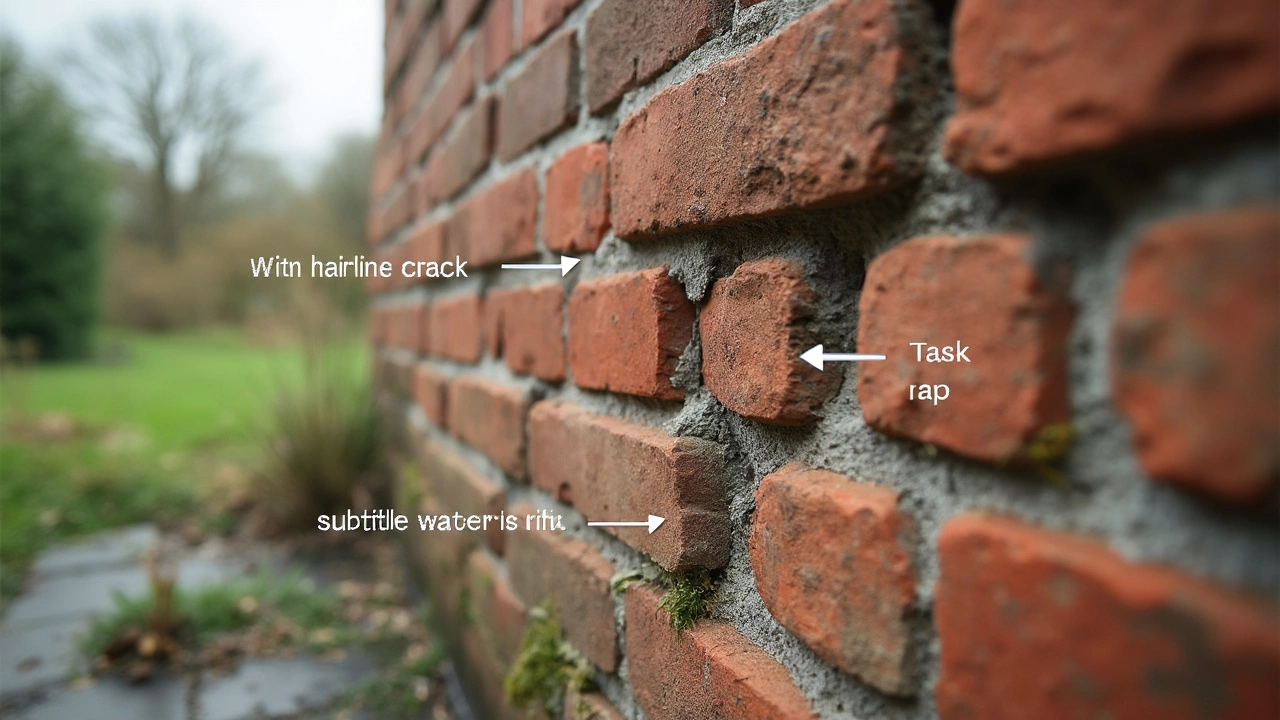Crack Sealing Essentials: Quick Fixes for Strong Floors
If you see a line cutting through your hardwood, laminate, or concrete, it’s not just an eyesore – it can let water, dust, and pests in. Sealing those cracks early stops bigger damage and saves you a heap of money later.
Why Seal Cracks Early?
Cracks start tiny, but moisture can seep in, freeze, and make them expand. Over time the movement weakens the surrounding material, leading to uneven floors, squeaks, or even structural issues. A sealed crack blocks moisture, reduces movement, and keeps the floor looking neat.
Besides protection, a sealed crack helps maintain the value of your home. Buyers notice smooth, well‑maintained flooring, while visible cracks can drive down the asking price. Even if you’re staying put, a clean floor feels better underfoot and looks professional.
How to Seal Cracks Yourself
Got a few hairline cracks? You can handle them with a few tools and a bit of patience. Here’s a simple plan:
1. Clean the area. Sweep away dust, then wipe with a damp cloth. Let it dry fully – any moisture will stop the sealant from bonding.
2. Choose the right sealant. For wood use a flexible wood filler; for concrete pick a polymer‑based crack filler; for laminate a clear epoxy works best. Most hardware stores label them for floor use.
3. Apply the filler. Use a putty knife or a small caulking gun. Press the product into the crack, over‑filling slightly so it can shrink a bit as it cures.
4. Smooth it out. Run the knife along the crack to level the filler with the surrounding surface. For wood, sand lightly once it hardens; for concrete, a quick brush‑off removes excess.
5. Let it cure. Follow the manufacturer’s time – usually a few hours to a day. Avoid heavy foot traffic until it’s set.
If the crack is wide (over a quarter inch) or you notice movement each time the temperature changes, call a professional. They can inject low‑viscosity sealants, apply a membrane, or suggest a structural repair.
Regular checks help you stay ahead. Walk your floors once a month, run your hand along seams, and note any new lines. Early detection means quick sealing, fewer surprises, and a floor that lasts years.
In short, crack sealing is a small task with big payoff. Clean, fill, smooth, and cure – that’s all you need for most everyday cracks. When in doubt, get an expert opinion to keep your home safe and looking sharp.
Best Foundation Crack Repair: What Actually Works?
- Gavin Whitaker
- |
- |
- 0
Foundation cracks look scary, but not all repairs are the same. This article breaks down the main ways to fix foundation cracks, explains which methods work best for different situations, and covers pros, cons, and what to watch out for. You'll learn simple warning signs, get money-saving tips, and understand when it's time to call an expert. Whether it's a thin hairline crack or a wider gap leaking water, you'll know your options before you even call a contractor.
View more